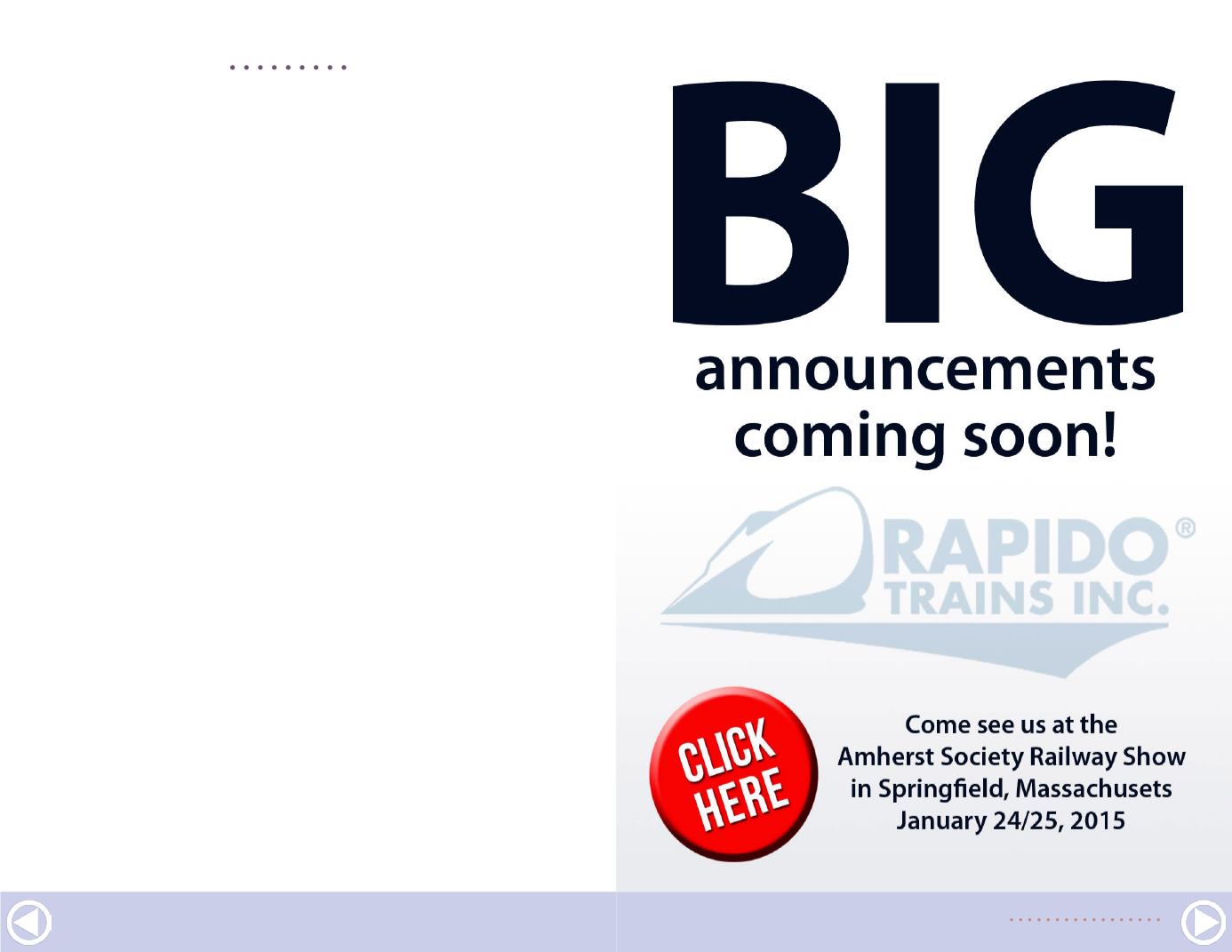
mph. This is only approximate, but it’s close enough much of the
time. If you have three cars pass, then you’re going about 30 mph.
On my line, the standard speed limit is 25 mph, so you want two-
and-a-half 50-footers to go by in that 3 seconds.
However, the railroad owner makes the rules.
George Booth:
I’m not real enthusiastic about trying to run at
scale speeds. I find that running slow, especially in a yard, puts a
kink in operations. I enjoy seeing trains run on a layout, the more
the merrier. If the yardmaster is poking around, running at 5 mph
to assemble trains, it’s going to take a long time to get a train built
and people will be standing around doing nothing. That’s not fun.
Slow is fine if you are doing “stunt switching” but when real work
needs to be done, pick up the pace, please. With our relatively
short mainline runs, the yard needs to move quickly to keep
a number of trains running. Mainline speeds can still be rela-
tively slow to get from point to point but yard work and switching
should be a little quicker than some people think they should.
I was a guest operator once on a very small prototype industrial
switching railroad. We had two cars to spot and it took three hours
to do it. I would be bored to tears modeling something like that.
Artarms:
It takes some experience to get good at running at
scale speeds. Here is one tool [3] to help see the scale speed.
Pick out a piece of track 48” long, mark the ends in some way,
then run your trains through the section. Count the seconds
and use this graph to see your scale speed. If you can’t find 48”
of clear track, use 24” and double the time. You will soon get a
feel for scale speed and will automatically run at that speed.
MRH Q-A-T |
6
ADVERT I SEMENT


